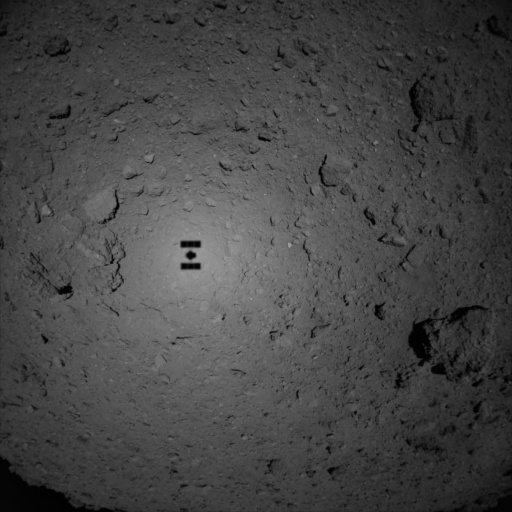Pakistan enlists China to launch its 1st astronaut by 2022
The new colonial movement: Pakistan has begun negotiations with China to launch its first astronaut by 2022.
Plans are afoot to send Pakistan’s first astronaut to space with China’s help in 2022, the country’s Information Minister Fawad Chaudhry announced on Thursday, saying the proposal got a nod from the federal Cabinet at a meeting chaired by Prime Minister Imran Khan ahead of his maiden visit to China next week.
An agreement between Pakistan Space and Upper Atmosphere Research Commission (SUPARCO) and a Chinese company has already been signed for the ambitious mission, Lahore-based The News daily cited Chaudhry as telling a press conference after Thursday’s Cabinet meeting. There’s no official confirmation of the project from Chinese officials yet.
Last December, Pakistan’s Air Chief Marshal Sohail Aman had also said that Islamabad will collaborate with China to send astronauts to space, Karachi-based ARY News reported.
There is zero doubt that Pakistan’s leaders started these talks after learning of India’s plans to launch its own manned mission in 2022. Unlike India, a religiously tolerant capitalist democracy, Pakistan (an Islamic dictatorship) does not have its own space capabilities. To compete with India it will need to hire someone else to provide the rocket and manned spacecraft.
China has said it wants to fly international visitors to its space station, expected to be in operation in 2022. This deal fits the needs of both nations, perfectly.
The new colonial movement: Pakistan has begun negotiations with China to launch its first astronaut by 2022.
Plans are afoot to send Pakistan’s first astronaut to space with China’s help in 2022, the country’s Information Minister Fawad Chaudhry announced on Thursday, saying the proposal got a nod from the federal Cabinet at a meeting chaired by Prime Minister Imran Khan ahead of his maiden visit to China next week.
An agreement between Pakistan Space and Upper Atmosphere Research Commission (SUPARCO) and a Chinese company has already been signed for the ambitious mission, Lahore-based The News daily cited Chaudhry as telling a press conference after Thursday’s Cabinet meeting. There’s no official confirmation of the project from Chinese officials yet.
Last December, Pakistan’s Air Chief Marshal Sohail Aman had also said that Islamabad will collaborate with China to send astronauts to space, Karachi-based ARY News reported.
There is zero doubt that Pakistan’s leaders started these talks after learning of India’s plans to launch its own manned mission in 2022. Unlike India, a religiously tolerant capitalist democracy, Pakistan (an Islamic dictatorship) does not have its own space capabilities. To compete with India it will need to hire someone else to provide the rocket and manned spacecraft.
China has said it wants to fly international visitors to its space station, expected to be in operation in 2022. This deal fits the needs of both nations, perfectly.





